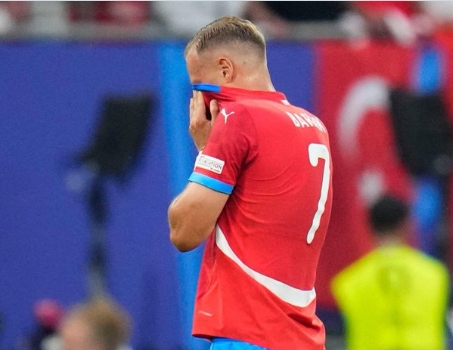Introduction:
In the scorching summer of 1994, one of the darkest and bloodiest chapters in human history unfolded in the small African nation of Rwanda. What began as a long-simmering conflict between the Hutu and Tutsi ethnic groups escalated into a horrific event known as the Rwandan Genocide. This tragic event would forever change the lives of millions and serve as a grim reminder of the devastating consequences of hatred and ethnic tensions.

Description:
The Rwandan Genocide commenced in April 1994, but the events that unfolded in July that year brought the country to its knees, leaving scars that still haunt its people today. Following the assassination of Rwanda’s president, Juvenal Habyarimana, on April 6th, ethnic tensions exacerbated, leading to a systematic and brutal campaign of mass killings. Hutu militia, armed with machetes, guns, and grenades, took to the streets, hunting down Tutsi civilians with relentless ferocity.
By July, the violence had reached a horrifying peak. Militia groups, operating under the guidance of government officials, carried out meticulously planned attacks on Tutsi communities across the country. Insignificant details such as the shape of noses or the texture of hair became life or death indicators, as the Hutu militants targeted anyone who appeared to be of Tutsi descent, regardless of age or gender.
The scale of brutality was unfathomable. Entire neighborhoods turned into blood-soaked killing fields, with bodies piled high along roadsides and rivers. Armed militias forced their way into homes, hacking and shooting the innocent with impunity. Tutsi families sought refuge in churches and schools, hoping the sanctity of these places would protect them. However, even these supposed sanctuaries became scenes of unimaginable horror as marauding militias broke down doors, slaughtering thousands within their supposed havens.
Despite the gravity of the situation, the international community failed to respond effectively. As world powers hesitated and debated, the genocide continued to unfold unabated. The United Nations peacekeeping force, stationed in Rwanda at the time, was ill-equipped and understaffed to quell the violence. Ineffectual measures taken by the international community only served to underscore the impotence of the response, further fueling the devastation.
It wasn’t until July 18th, 1994, that the tides began to turn. As the Rwandan Patriotic Front (RPF), led by Paul Kagame, launched an offensive against the Hutu government, they gradually gained control over the country. The RPF’s advances forced the Hutu militia and government officials responsible for the genocide to flee into neighboring countries, primarily the Democratic Republic of Congo.
By the time the genocide concluded in mid-July, an estimated 800,000 innocent lives had been brutally extinguished, leaving a country crippled and traumatized. The aftermath of this catastrophic event would require years of healing, reconciliation, and justice-seeking for Rwanda to rebuild and move forward.
Conclusion:
The events that unfolded in July 1994 during the Rwandan Genocide stand as a grim reminder of the darkest capabilities of humanity. The scale of violence and the sheer loss of life witnessed during this period left deep scars on Rwanda, as well as the collective conscience of the international community. It serves as a painful reminder that the consequences of deep-seated ethnic tensions and unchecked hatred can result in an unimaginable human tragedy.





